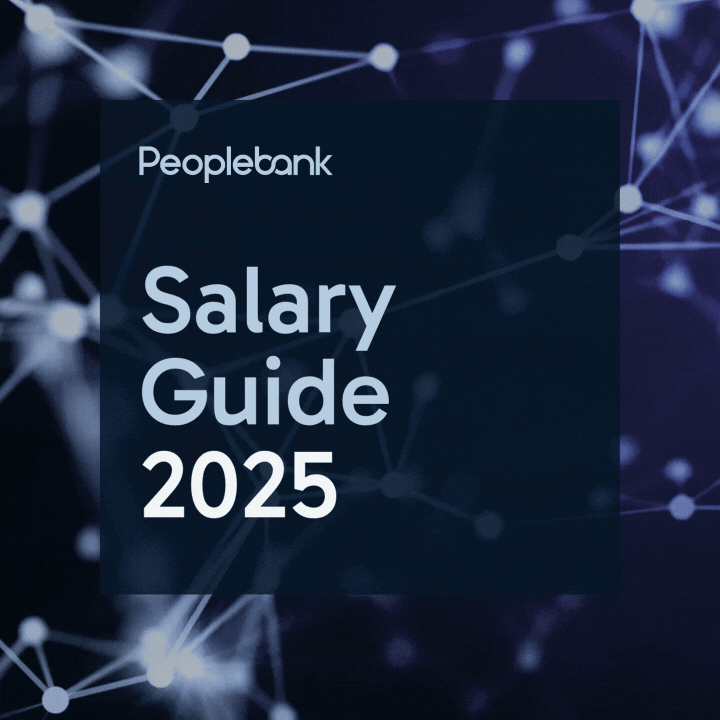How to make your workforce healthier
Health – mental, physical or emotional – is an incredibly important facet of a productive workplace, and one that we often overlook. Our health often takes the backburner, as our days get overtaken by looming deadlines, meal deal lunches eaten at our desks, hours of sitting, shirked gym memberships and microwave dinners.
On average, healthy Australian employees are three times more productive at work than their less healthy colleagues. Factors that contribute to a loss in productivity like absenteeism due to emotional stress and attending work when sick are estimated to cost $6.4 billion a year.
Businesses should place company health as a high priority, and here are a few ways that you can help improve the well-being – both mentally and physically – of your employees.
Physical health
1) Getting together to work out is a great way to get employees motivated towards a healthier lifestyle. Offer discounts on exercise classes or memberships, organise a company football team or have a team day out doing something active, like taking a hike.
You can even think about offering in-house exercise classes once in a while – either before work, during lunch or after hours – to make it even more convenient to squeeze a workout into a busy schedule.
2) Offer a ‘cycle-to-work’ scheme and make sure that there is plenty of secure bike parking available around your office.
3) Capitalise on the wearable revolution: incorporate pedometers and other fitness trackers into company life. For example, offer incentives – like a free smoothie at a nearby café or a gift card to Amazon – for employees who consistently hit their target number of steps for the day.
4) Encourage people to get up and stretch throughout the day. Here is a list of five free apps to help remind you to take a break.
Mental and emotional health
1) In order to cut down on the number of days your employees are absent from work due to an emotional problem, manage employee stress levels. Designate a ‘relaxation space’ in the office: a nice, peaceful, no-talking room for people to retreat to if they are feeling especially overwhelmed, anxious or stressed.
It might be a bit more involved, but you could also offer the opposite: a stress-release room, where employees can go to yell into a pillow or punch a bean-bag chair or do whatever else defuses pent-up anger. Soundproof walls would be an absolute must.
2) Focusing on mindfulness is a great way to promote mental health in the workplace. Organise meditation sessions and yoga classes to help relieve general anxiety and stress.
3) Foster a community of understanding and open communication. At any given time, 1 in 5 employees could experience a mental health concern, so it’s important to make sure they don’t suffer in silence. Ensure that there are resources available, like Business in Mind, for those who might need them.
Author’s Bio:
Gemma Falconer is a member of the Demand Generation team at Citrix and GoToMeeting, a cloud computing company that enables mobile workstyles. She has been using collaboration tools/video conferencing/online meetings for the past 6 years and splits her working time between the office and home. Having experienced the flexibility and various advantages of using such technology, Gemma would love for employers to seriously consider offering collaboration tools and flexible working for their employees so they too can truly benefit. Gemma is a mother, keen volleyball player and writer. Find her on Twitter on LinkedIn.’





















